Saba Saba Protests Paralyse Nairobi and Central Kenya as Youth Demand Reform
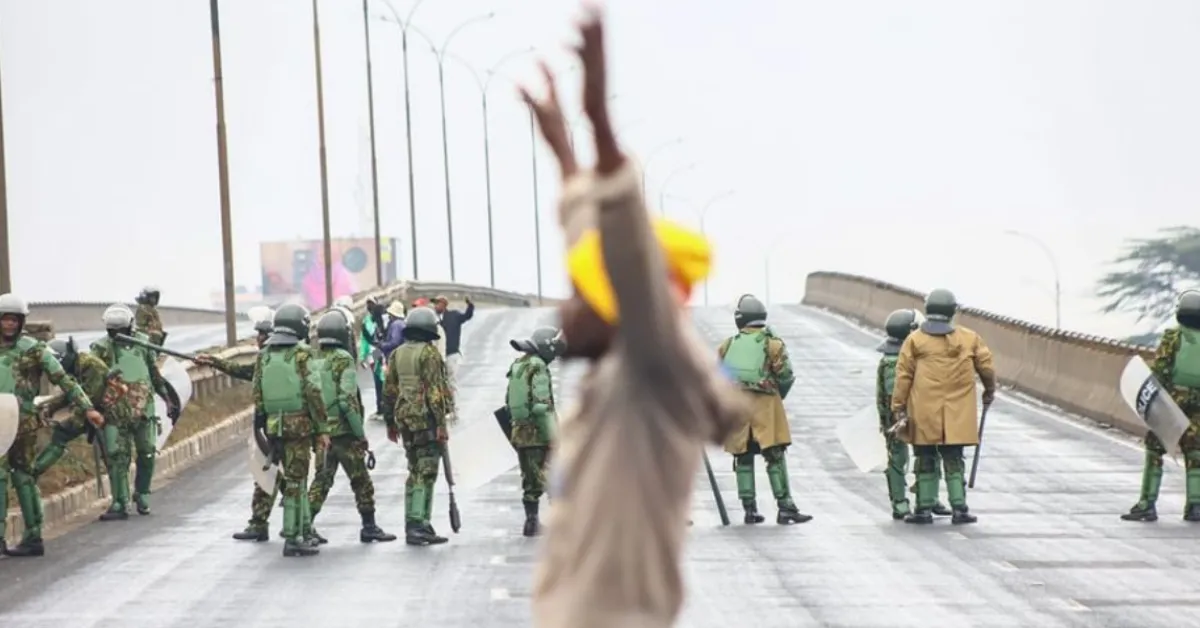
Kenya experienced widespread demonstrations on Monday, the 35th anniversary of Saba Saba Day, as citizens across the country took to the streets to voice discontent with the current administration.
The protests, paralysing major urban centres and disrupting daily life, highlighted the continuing importance of civic action in Kenyan politics. What began as a commemoration of the 1990 pro-democracy movement evolved into a nationwide display of opposition, predominantly driven by youth seeking governmental accountability, justice, and comprehensive reform. In Karatina, Nyeri County, commercial activity was entirely suspended. By 7 am, the town had come to a standstill as protesters blockaded the Karatina-Nairobi highway, a critical transport link connecting the capital to the country's northern regions.
Schools suspended classes, banks shut down, and transport services ceased operations. Demonstrators, many of them young people, lit bonfires and chanted slogans such as "one term", indicating their dissatisfaction with the administration's policies. Tensions escalated mid-morning when anti-riot police moved to disperse the gatherings, resulting in intense clashes characterised by stone-throwing and attempts to breach commercial properties.
In Nyeri town, early unrest developed into clashes around 11 am. Anticipating violence, businesses closed, and police deployed tear gas to prevent protesters from entering the central business district. Embu and Ngurubani towns saw similar scenes, with demonstrators blocking the Embu-Makutano road, igniting bonfires, and halting traffic for several hours. Traders closed their shops out of fear of looting, and police engaged in running battles to restore order. Law enforcement eventually dispersed the crowds, regaining control.
Transport networks in Murang'a County faced strategic disruption as youths erected roadblocks at Sagana, effectively severing connections between Murang'a, Kirinyaga, and Embu. Reports indicated that motorists were charged fees to pass through these informal checkpoints, signifying a temporary breakdown of formal authority. Likewise, in Maua town, Meru County, protesters barricaded roads, prompting heightened police presence and vigilance.
Nairobi served as the epicentre of the day's unrest, leading authorities to implement significant security measures to prevent demonstrators from accessing the Central Business District. From the early hours, police established roadblocks on key routes including Thika Road, Wayaki Way, Mombasa Road, Ngong Road, and Lang'ata Road. Law enforcement stopped and searched vehicles, granting entry only to government officials, medical personnel, and accredited journalists. These stringent measures left thousands of commuters stranded, thereby disrupting the city's economic functions.
Key locations within the city, such as Uhuru Highway, Kenyatta Avenue, and Parliament Road, were heavily guarded. The usually bustling KenCom bus stop was deserted, and public transport services were virtually non-existent. At Bunyala Road and Nyayo Roundabout, matatus were prevented from proceeding, while Factory Lane and the Kenya Railways flyover were under strict surveillance. Police presence was particularly pronounced near the Central Bank and Police Headquarters, where anti-riot units stood ready.
The heightened security measures came after a Sunday evening incident in Mombasa, where police intercepted hundreds of youths travelling to Nairobi via the Dongo Kundu bypass. The group, returning from the Summer Tides Festival in Diani, was suspected of intending to join the protests. Authorities cited security concerns, reinforcing the government's stance against mass mobilisation.
Educational institutions across the country advised students to remain at home, anticipating disruptions similar to those seen during prior protests against police brutality and extrajudicial killings. In Nairobi's Mukuru slums and Industrial Area, traders pre-emptively closed businesses, fearing looting and property damage. Factories remained shut, and banks suspended operations, reflecting the pervasive anxiety surrounding the day's events.
The symbolism of Saba Saba resonates deeply with Kenyans, recalling the 1990 protests that catalysed the transition to multiparty democracy. While rooted in historical memory, today's protests are driven by contemporary grievances: economic hardship, perceived authoritarianism, and unresolved cases of police abuse.
The government's response has been twofold, asserting the constitutional right to protest while simultaneously deploying heavy security to deter unrest. Interior Ministry officials have urged restraint, but civil society groups argue that the state's tactics amount to suppression. This year's Saba Saba protests are distinguished by the mobilisation of Gen Z activists, many of whom have harnessed digital platforms to organise and amplify their demands.



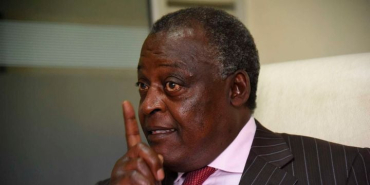
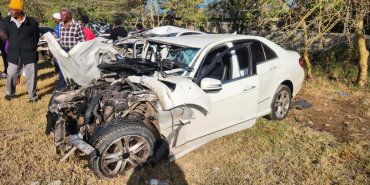

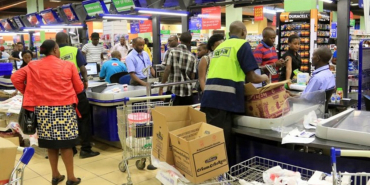
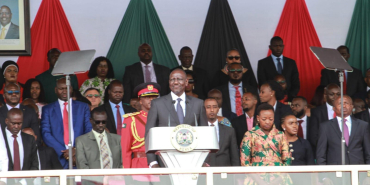
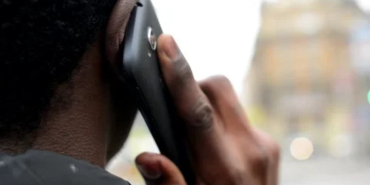





Add new comment